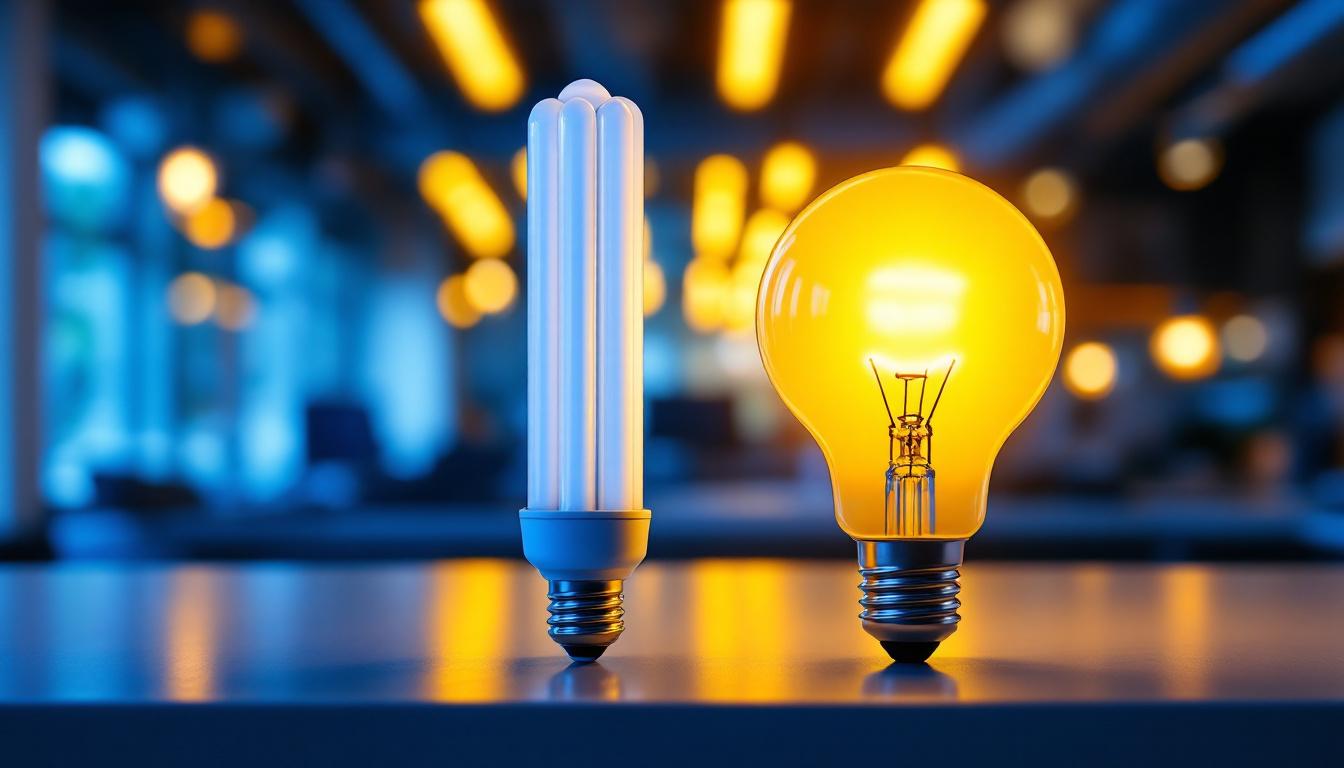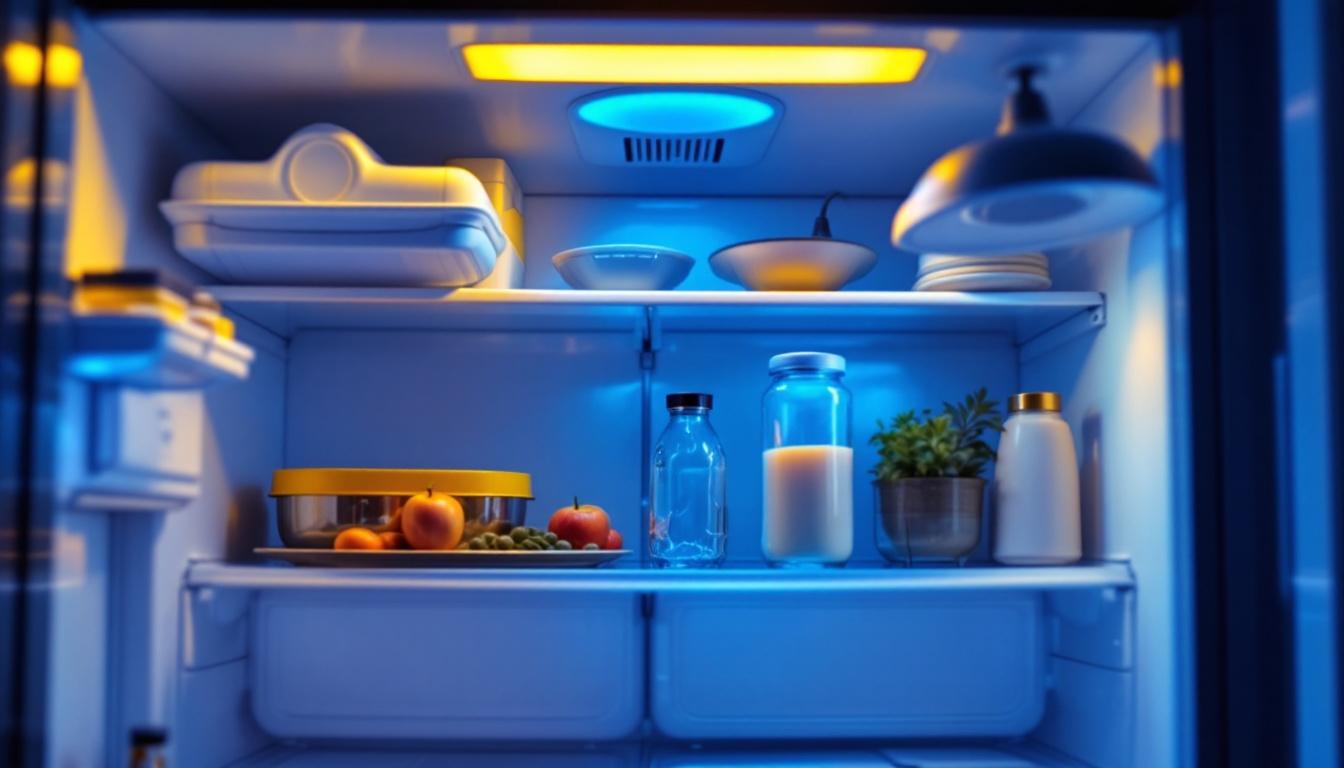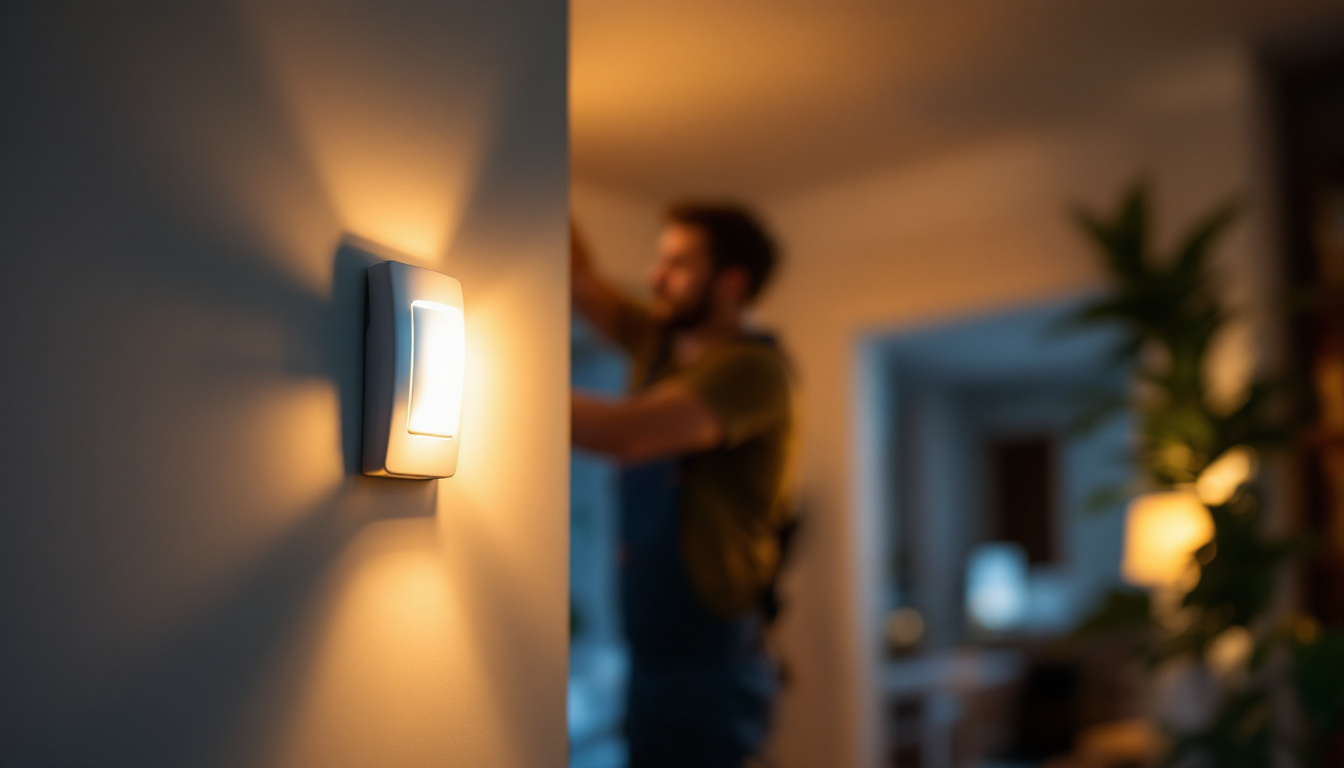
The evolution of lighting technology has led to the development of various fluorescent bulb types, with T8 and T12 being among the most common. Understanding the differences between these two types of bulbs is essential for lighting contractors who aim to provide the best solutions for their clients. This article delves into the distinctions between T8 and T12 bulbs, exploring their specifications, applications, and the implications for future lighting design and installation.
T8 bulbs are a type of fluorescent tube that measures 1 inch in diameter. The “T” stands for “tubular,” while the number indicates the diameter in eighths of an inch. For example, a T8 bulb is 8 eighths of an inch, or 1 inch wide. These bulbs typically operate on electronic ballasts, which provide a more efficient energy consumption compared to older technologies.
One of the standout features of T8 bulbs is their energy efficiency. They generally consume less power than T12 bulbs while providing comparable light output. This efficiency translates into lower electricity bills for businesses and a reduced carbon footprint, making T8 bulbs a popular choice in commercial and industrial settings. Additionally, T8 bulbs are available in various color temperatures, allowing users to select the ideal lighting for their specific environment, whether it’s a warm, inviting glow for retail spaces or a bright, cool light for offices and workspaces.
Moreover, T8 bulbs have a longer lifespan than their T12 counterparts, often lasting up to 20,000 hours or more. This longevity means less frequent replacements, which can significantly reduce maintenance costs over time. Many businesses appreciate the reduced downtime associated with changing bulbs, contributing to a more efficient workflow. Furthermore, the advancements in technology have led to the development of high-efficiency T8 bulbs that can further enhance energy savings, making them an even more attractive option for modern lighting solutions.
T12 bulbs, on the other hand, have a larger diameter of 1.5 inches, making them bulkier than T8 bulbs. Like T8s, T12s are also fluorescent tubes but are typically powered by magnetic ballasts, which are less efficient. This inefficiency often results in higher energy consumption and increased operational costs.
While T12 bulbs have been widely used in the past, their popularity has declined due to the advancements in lighting technology. Many facilities are now transitioning to T8 or even LED options to take advantage of improved energy efficiency and longer lifespans. The phase-out of T12 bulbs has been encouraged by various energy conservation initiatives and regulations aimed at reducing energy consumption and promoting sustainable practices. As a result, businesses that still rely on T12 bulbs may face not only higher energy costs but also potential challenges in sourcing replacements as manufacturers shift their focus to more efficient lighting solutions.
In addition to their inefficiency, T12 bulbs also emit more heat than T8 bulbs, which can contribute to increased cooling costs in commercial spaces. The heat generated can also affect the performance of other equipment in the vicinity, making T12s less desirable in settings where temperature control is critical. As organizations strive to create more energy-efficient environments, the transition away from T12 bulbs is not just a matter of cost savings but also a step towards a more sustainable future in lighting technology.
One of the most significant differences between T8 and T12 bulbs is their energy efficiency. T8 bulbs typically consume around 32 watts, while T12 bulbs can consume up to 40 watts for similar light output. This difference in wattage translates to substantial energy savings over time, especially in large installations where multiple bulbs are used.
Furthermore, T8 bulbs are designed to work with electronic ballasts, which enhance their energy efficiency. These ballasts not only reduce power consumption but also provide better light quality and longer bulb life. In contrast, T12 bulbs, operating on magnetic ballasts, tend to flicker and have a shorter lifespan, leading to more frequent replacements and increased maintenance costs. The adoption of T8 bulbs can result in significant cost reductions on energy bills, making them an economically sound choice for businesses looking to optimize their operational expenses.
Additionally, as energy costs continue to rise, the financial benefits of switching to T8 bulbs become even more pronounced. Many utility companies offer rebates and incentives for businesses that upgrade their lighting systems to more energy-efficient options like T8 or LED, further enhancing the return on investment. This trend not only helps in reducing operational costs but also encourages companies to adopt greener practices, aligning with corporate sustainability goals.
When it comes to light output, T8 bulbs generally provide a higher lumen output compared to T12 bulbs. This means that T8 bulbs can deliver brighter light while consuming less energy. Additionally, the color rendering index (CRI) of T8 bulbs is often superior, resulting in better color accuracy and visual comfort in workspaces.
The improved light quality of T8 bulbs can significantly enhance the overall ambiance of a space, making them a preferred choice for environments where lighting quality is crucial, such as offices, retail spaces, and healthcare facilities. The ability of T8 bulbs to produce a more uniform light distribution also reduces shadows and enhances visibility, which is particularly beneficial in settings where detailed tasks are performed, such as in laboratories or design studios.
Moreover, the advancements in T8 technology have led to the development of various color temperatures, allowing users to select lighting that best suits their needs and preferences. Whether it’s a warm white for a cozy atmosphere or a cool white for a more energetic environment, T8 bulbs can cater to diverse lighting requirements, making them versatile for different applications.
The environmental impact of lighting choices is becoming increasingly important for businesses and contractors. T8 bulbs are generally considered to be more environmentally friendly due to their lower energy consumption and longer lifespan. By switching to T8 or LED options, businesses can reduce their carbon footprint and contribute to sustainability efforts.
On the other hand, T12 bulbs contain more hazardous materials, such as mercury, and their higher energy consumption contributes to greater greenhouse gas emissions. As regulations tighten around energy efficiency and environmental standards, the transition from T12 to T8 or LED lighting becomes not just a choice but a necessity for many businesses. This shift not only complies with emerging legislation but also positions companies as leaders in sustainability, appealing to environmentally conscious consumers and stakeholders.
Furthermore, the disposal of T12 bulbs poses additional environmental challenges due to their hazardous components. Proper recycling and disposal methods are essential to mitigate the risks associated with mercury contamination. In contrast, T8 bulbs, particularly when paired with LED technology, present a more sustainable lifecycle, from production to disposal, reinforcing the importance of making informed lighting choices that benefit both the environment and public health.
T8 bulbs are versatile and can be used in a variety of applications. They are commonly found in commercial and industrial settings, such as warehouses, offices, and retail spaces. Their energy efficiency and superior light quality make them ideal for environments where productivity and comfort are paramount.
Additionally, T8 bulbs are increasingly being used in residential applications, particularly in kitchens and garages where bright, efficient lighting is desired. Their compatibility with electronic ballasts allows for dimming capabilities, making them suitable for various lighting scenarios.
While T12 bulbs are becoming less common, they are still found in some older installations. They are often used in industrial environments, such as factories and manufacturing plants, where the initial cost of lighting may take precedence over energy efficiency. However, many facilities are now looking to upgrade to T8 or LED options to reduce long-term costs.
In some cases, T12 bulbs may still be used in specific applications where the existing infrastructure is designed for them. However, as technology advances and energy efficiency becomes a higher priority, the trend is shifting towards more modern lighting solutions.
The future of lighting design is leaning heavily towards energy efficiency, sustainability, and smart technology. As more businesses recognize the benefits of modern lighting solutions, the demand for T8 and LED options continues to rise. This shift is not only driven by cost savings but also by the desire to create healthier and more productive environments.
Smart lighting systems, which allow for automated control and customization of lighting settings, are becoming increasingly popular. These systems can integrate with building management systems, providing enhanced control over energy usage and lighting quality. As a result, contractors must stay informed about the latest technologies and trends to meet client expectations and regulatory requirements.
For lighting contractors, understanding the differences between T8 and T12 bulbs is crucial for making informed recommendations to clients. As businesses seek to upgrade their lighting systems, contractors should evaluate the specific needs of each client, considering factors such as energy efficiency, light quality, and environmental impact.
Additionally, contractors should be prepared to educate clients about the benefits of transitioning to T8 or LED options. Providing information on potential cost savings, improved lighting quality, and environmental benefits can help clients make informed decisions that align with their goals.
As energy efficiency regulations become more stringent, the lighting industry is undergoing significant changes. Many regions have implemented standards that phase out T12 bulbs in favor of more efficient options like T8 and LED. Contractors must stay abreast of these regulations to ensure compliance and provide clients with the most up-to-date solutions.
Understanding local and national energy codes can also help contractors guide clients in making informed decisions about their lighting systems. This knowledge can position contractors as trusted advisors, enhancing their reputation and fostering long-term client relationships.
The differences between T8 and T12 bulbs are significant, impacting energy efficiency, light quality, and environmental considerations. As the lighting industry continues to evolve, contractors must adapt to these changes and embrace modern technologies that prioritize sustainability and efficiency.
By understanding the advantages of T8 bulbs and the implications of transitioning away from T12, contractors can better serve their clients and contribute to a more sustainable future in lighting design and installation. With the right knowledge and approach, lighting contractors can lead the way in creating efficient, effective, and environmentally friendly lighting solutions for a variety of applications.
Ready to lead the future of lighting design and installation with energy-efficient, high-quality solutions? At LumenWholesale, we provide lighting contractors with the best in spec-grade T8 bulbs and other advanced lighting products at unbeatable wholesale prices. Say goodbye to inflated markups and hello to premium lighting with the convenience of free shipping on bulk orders. Elevate your lighting projects and stay ahead of industry standards with our extensive selection. Don’t compromise on quality or value—choose LumenWholesale for Wholesale Lighting at the Best Value and make the smart switch today.

Discover the essential checklist for lighting contractors focusing on refrigerator illumination.

Discover why lighting contractors should prioritize investing in quality light stands.

Discover the essential insights lighting contractors need to meet client expectations for 120V light bulbs.

Discover the transformative impact of movement sensor switches on the lighting industry.